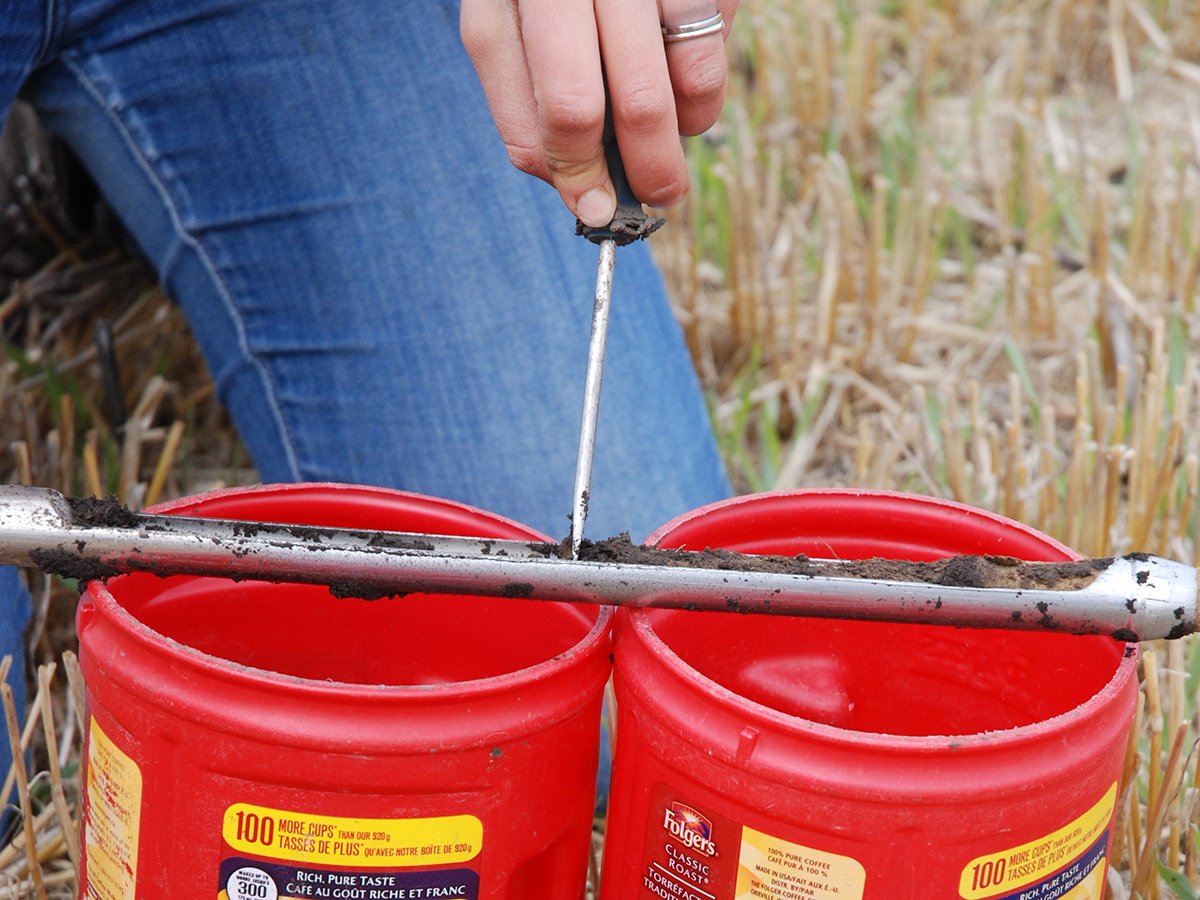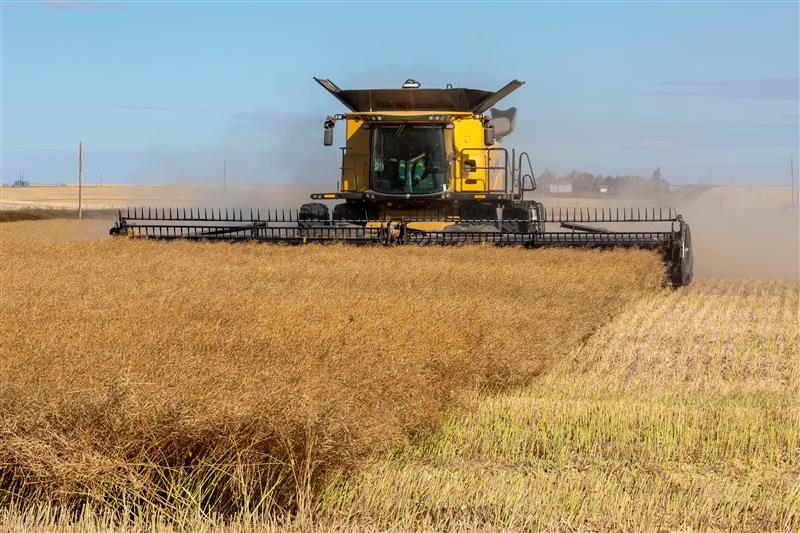BRANDON – Sick of DON ruining the value of your cereal grains?
Get ready for OTA, a nasty disease that poses just as many risks and costs to farmers.
“Ochratoxin A (OTA) is perhaps a bigger problem than DON (deoxynivalenol)” for farmers storing hot or damp grain, Canadian Grain Commission commissioner Cameron Dahl told farmers during a Manitoba Ag Days presentation.
“Unlike fusarium, which does not continue to grow after harvest, OTA grows and develops in storage and can continue to increase as the grain moves through the handling system.”
Read Also

Federal government supports soil health strategy
Sophie Beecher, director general at Agriculture Canada, said at a soil conference in Winnipeg that the feds support the idea of a national soil health strategy.
Dahl said that’s a danger to farmers because countries, including Canada, are imposing strict limits on OTA in grain shipments.
“The detection of OTA in Canadian shipments has caused some European countries such as Greece and Italy to stop shipments,” he said.
“There is going to be more scrutiny paid to what farmers do on their farm. There are going to be questions asked on your storage practices, how long your grain has been stored, at what temperature it was put into the bin, has it been turned, those kinds of questions.”
OTA can cause cancer to develop in human and animal kidneys. It is a fungal disease that does not appear on cereal grain in the field but infects through harvesting machinery, handling equipment and in-storage structures such as bins and elevators. It grows best in hot and damp conditions, but can stay active down to 3 C.
OTA level limits in grain shipments to some countries are already strict.
Canada’s health department is forming regulations on limits for domestic grain used for food that roughly follow U.K. and European limits.
Health Canada is proposing a limit of five parts per billion of OTA for raw cereal grain that will be processed into food products and three parts per billion for directly consumed grain, such as oats and rice and food components such as flour and bran.
Dahl said farmers need to be aware of how strict those standards are. One part per billion is equivalent to one kernel of corn in a 90 tonne rail car.
“When you’re talking about limits of five parts per billion on a Canadian shipment, it’s not very much,” he said.
“It doesn’t take many kernels of grain for a shipment to be rejected.”
United Kingdom’s Food Standards Agency suggestions
Farmers storing grain should attempt:
- Good storage hygiene and maintenance
- Rapid drying of grain below 18 percent moisture
- Rapid cooling of grain
- Keeping grain dry and cool
- Continuous monitoring of grain storage conditions
















